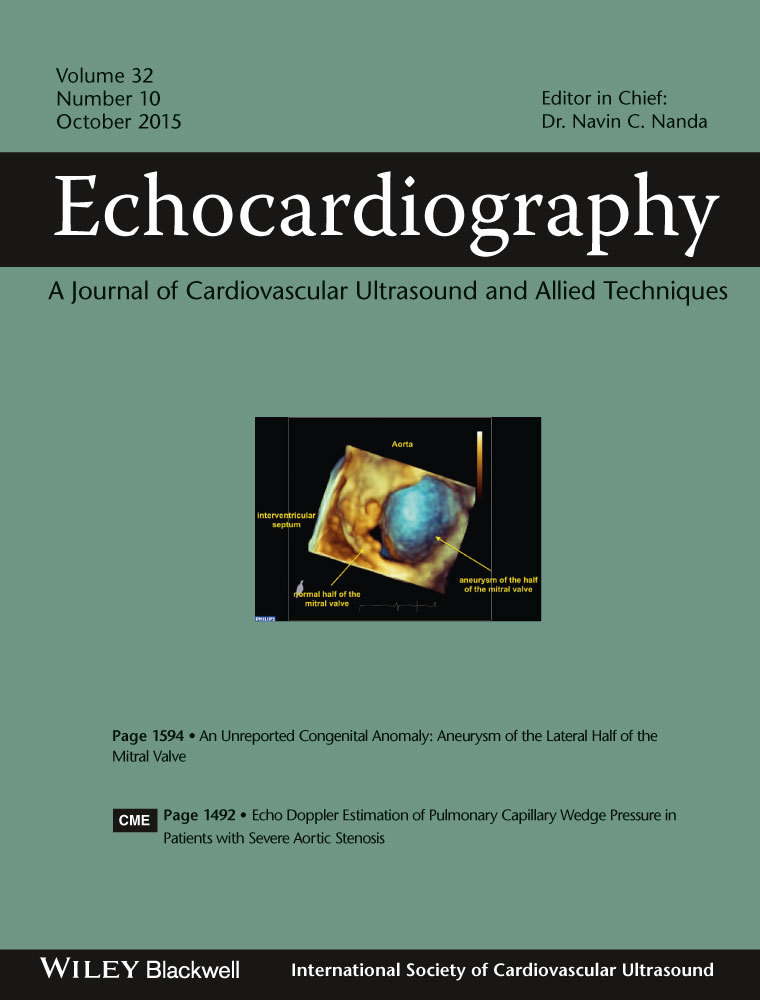Transthoracic and Three-Dimensional Transesophageal Echocardiographic Presentation of Anomalous Circumflex Origin from Right Coronary Artery in Patient with Severe Mitral Stenosis
Mini-Abstract
An origin of the circumflex coronary artery (Cx) from the right coronary artery or right Valsalva sinus is usually clinically silent coronary anomaly. Nevertheless, retroaortic course of aberrant Cx involving mitro-aortic continuity may become significant in the setting of mitral or aortic valve intervention, leading to compression of Cx and ischemic complication. For that reason, the early and accurate recognition of this anomaly is important and should be considered also during echocardiography. We described a man with severe mitral valve stenosis and anomalous Cx found during TEE on the base of detected “bleb sign” and retroaortic course of the artery.




